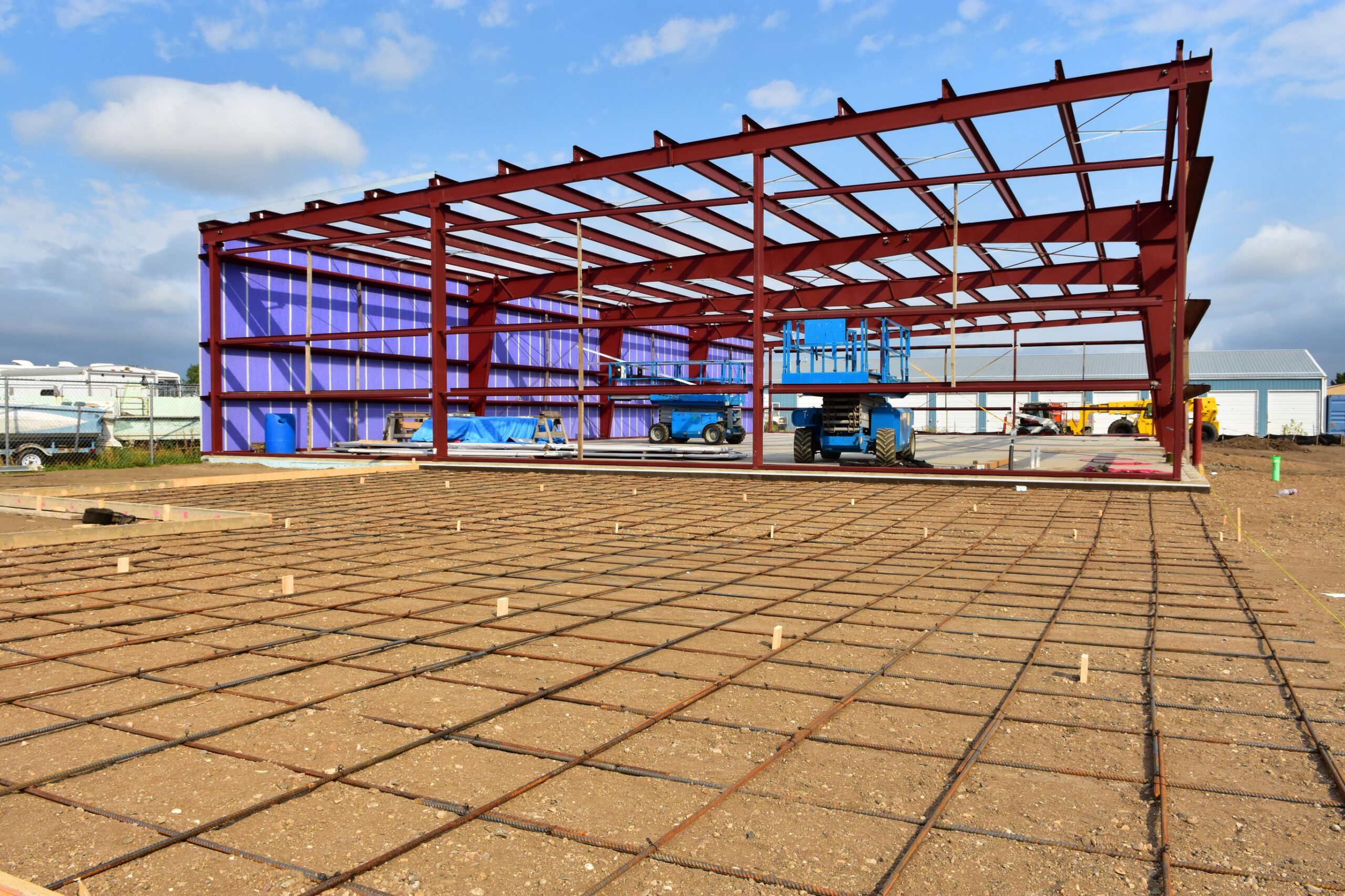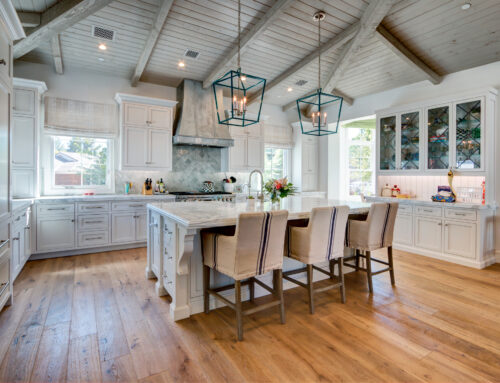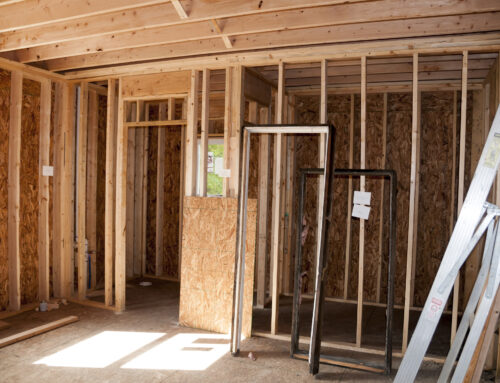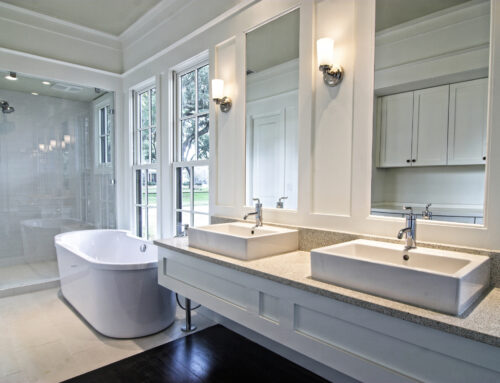Commercial Construction Terminology
Build-out: To buildout means to meet tenant requirements by finishing an unfinished space to make it move-in (and business) ready.
Cold dark shell: A cold dark shell (or just dark shell) is an unfinished interior space at its bare minimum, with no existing mechanical or electrical system components. Features may include unfinished floors and bare stud walls.
Design-build: Design-build is a construction service where the same construction team sees a project from design through finished construction.
Fit-up or Fit-out: (see build-out)
Grey shell: A grey shell is an unfinished (interior) space, with minimal features such as: poured, but unfinished concrete floor slab; bare stud perimeter walls; and minor mechanical and electrical components. Utilities are typically stubbed (see “stubbed” below) in the space when leased in this condition. There may or may not be an HVAC unit servicing the suite, but ductwork and controls are never installed if the space is leased in this condition.
Gutting: Gutting an interior involves taking out all TIs (tenant improvements, below) and customization and getting an interior back to a cold dark shell.
Interior demolition: Interior demolition involves gutting a space, or removing specific mechanical, electrical, finished components – taking out all or certain TIs (tenant improvements, below).
Light industrial construction: Smaller than large warehouse construction – such as office space with a small warehouse.
Precon: (see preconstruction)
Preconstruction: Preconstruction services include design, as well as identifying scope of work, budget and building materials.
Project Manager: A Project Manager’s role is typically in the office, producing contracts, interacting with owners and/or architects and engineers. They only travel to the job sites when needed for specific meetings, problem solving, or general awareness. They hire and manage the contractual legal portion of the subcontractors. They make schedules and sometimes manage permitting, manage the project billing and payment process on the owner side and subcontractor side. They may do this with the assistance of project coordinators, sometimes referred to as project accountants.
Rebranding: When companies want to change their “image” for their offices or stores. The new look may include new paint colors, flooring, furniture, signage, artwork, even some demolition and construction changes to the floor plan.
Reimaging: (see rebranding)
Retrofit: Retrofitting means to add new finishes, features, or technology in construction to exist spaces – such as improving older buildings with energy-efficient equipment.
Roll out: When companies with multiple locations or franchisees rebrand their image, they want to do so for numerous locations. The scope can vary, but it usually involves a volume of locations being rebranded to achieve a certain goal. Many times, when it’s time to implement rebranding across locations, they “roll out” that scope of work across large sections of their market.
Site manager: A site manager is also known as a construction manager or superintendent, who oversees and manages the entire construction project. Site managers are responsible for overseeing subcontractors, labor, inspections, material storage, and safety. They most frequently interact with the project manager and subcontractor’s foreman on site.
Steel stud construction (or light gauge framing): Construction method using thin metal studs instead of wood. This form of construction is usually used in scenarios where the structure of a building has been constructed using structural steel or reinforced concrete. Often, most or all steel stud walls are nonstructural.
Stubbed: Stubbed can mean different things, however in general it means: a water line enters into the suite but has no other interior piping; or a sewer line is in the suite or under the slab but has no other piping; or an electrical conduit may run into the suite that may need wiring back to the meter and an electrical panel, or it may have an electrical panel attached with no interior wiring; or HVAC may have a unit installed with no duct work.
TI: TI stands for tenant improvements and are typically changes or improvements commercial tenants want completed within the interior space to make it suitable for their use, as well as their customers.
Vanilla box or vanilla shell: A vanilla box or shell is an interior space that is almost move-in ready. A vanilla box typically has finished: walls, ceilings, mechanical systems, and electrical systems. A vanilla box is typically very close to being ready for use by the tenant and only lacks items like: paint, flooring, fixtures, and low voltage systems.
White box: (see vanilla box)
Call Us Today! (832) 521-3215






